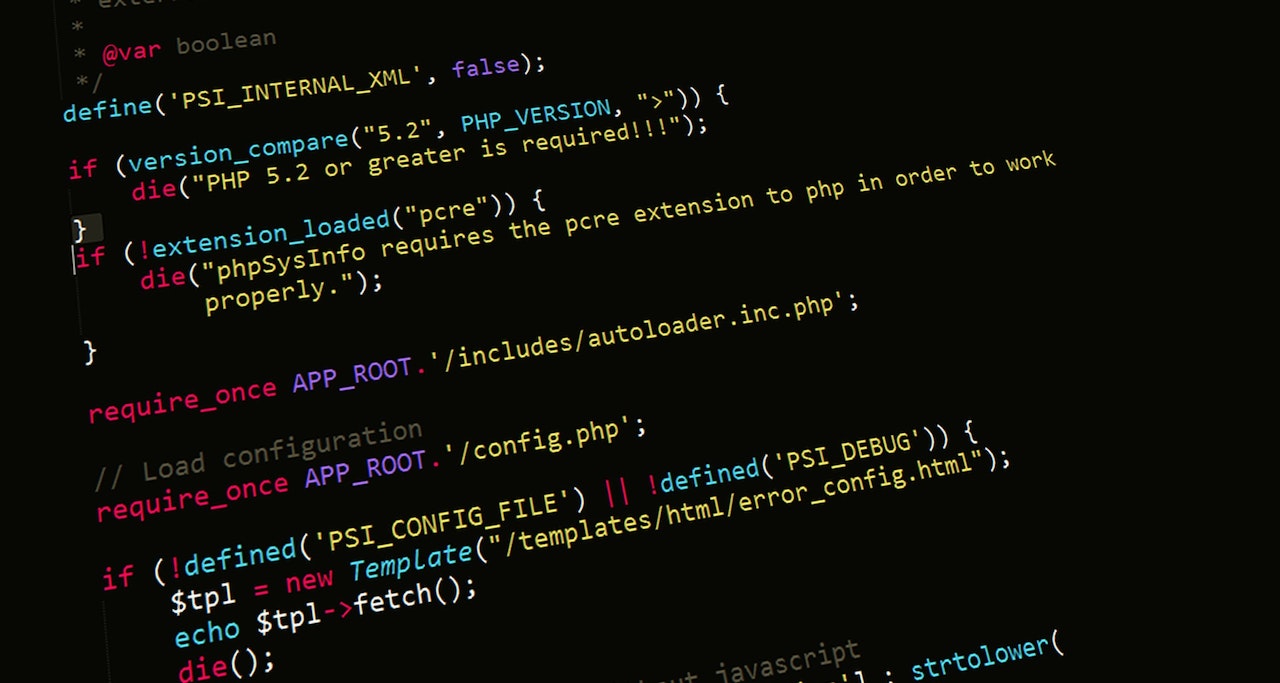10 Emerging Programming Languages Worth Adding to Your Skill Set

Technological advancements emphasise the need for programmers to keep up with the latest developments in the field. As a result, the once-popular programming languages may no longer be as relevant, and new languages are emerging daily. If you’re a programmer looking to stay ahead of the curve, here are ten up-and-coming programming languages you should learn.
Julia
Julia is a high-level, high-performance programming language for numerical and scientific computing. Julia’s syntax is similar to that of MATLAB and Python, making it easy for programmers familiar with these languages to pick up Julia quickly. With built-in support for distributed computing, Julia is becoming increasingly popular in data science, machine learning, and finance.
Kotlin
Kotlin, a statically typed programming language, has gained popularity as the language of choice for developing Android apps. Its concise and expressive syntax makes code easier to read and write. Additionally, Kotlin offers excellent interoperability with Java, allowing developers to use both languages in the same project.
Elm
Elm is a functional programming language that was designed for building web applications. Elm’s syntax is similar to Haskell’s, but it is much easier to learn. In addition, elm’s type system ensures no runtime errors in your code, making it a popular choice for large-scale web applications.
Rust
Rust is a systems programming language designed to be safe, concurrent, and fast. Rust’s syntax is similar to that of C++, but it has built-in memory safety features that prevent common programming errors such as buffer overflows and null pointer dereferences. As a result, rust is becoming increasingly popular in fields such as game development, web browsers, and operating systems.
Elixir
Elixir, a functional programming language running on the Erlang virtual machine, prioritizes scalability and fault tolerance, making it ideal for distributed system development. Its syntax resembles Ruby’s, making it easy for Ruby developers to learn.
Swift
Apple created Swift as a programming language for iOS, macOS, and watchOS development. Its syntax, similar to Objective-C’s, is more readable and writable. Swift’s modern features like type inference and optional make it a top pick among iOS developers.
Crystal
Crystal is a programming language designed to be fast and easy to write. Crystal’s syntax is similar to Ruby’s but has built-in static type checking that ensures no runtime errors in your code. As a result, Crystal is becoming increasingly popular for building web applications and command-line tools.
F#
F# is a functional programming language that runs on the .NET platform. F# was designed to be easy to learn and use, making it a popular choice for developers new to functional programming. In addition, with its excellent support for asynchronous programming, F# is becoming increasingly popular for building web applications and data science projects.
Dart
Google created Dart for building web and mobile applications with a syntax resembling Java and C#. This design makes Dart easy to learn for those familiar with these languages. It’s excellent performance and built-in support for asynchronous programming make it increasingly popular for web application development.
Go
Google designed Go for building efficient and scalable software, with syntax similar to C, but built-in concurrency support. This feature makes parallel programming a breeze. Go’s exceptional performance and garbage collection have made it a sought-after choice for building network apps and web servers.
Conclusion
These ten up-and-coming programming languages are worth learning if you want to stay ahead of the curve. Whether you’re a data scientist, a mobile app developer, or a web developer, these languages offer unique features and advantages that can help you build better software. So, pick one (or more) of these languages and start exploring today!
Be sure to check out our other related posts if you enjoyed this one:
- The Rise of Collaborative Robots: Transforming Industries
- Unmasking Cyber Secrets: The Art of Deception Revealed!
- Decoding Cyber Threats: The Social Engineering Menace
- Unlock the Ultimate Quest: Ready Player One’s Audio Adventure!
- Revolutionising Wellness: Metaverse Therapy Unleashes Mental Liberation!
- Code Mastery Unleashed: Transform Your Skills with Clean Code by Robert C. Martin! 🚀
- Top Must-Have Tech Gadgets for Kids – Unbelievable Fun!
- Mastering Crypto Trading: Proven Strategies
- Unveiling Ethereum 2.0: Advancements & Impact
- AI Transforms E-Commerce: A Digital Revolution
Sign up for updates on this blog and our latest tech posts if you enjoyed reading this one.
Share our blog content with your friends and colleagues via Facebook, Twitter, Pinterest, LinkedIn, email or WhatsApp links below and help them stay informed about the latest insights on business, marketing, finance, lifestyle, and society. Let’s build a knowledge-sharing community and empower each other to achieve and experience our goals.
Credits
- Featured photo by olia danilevich on Pexels.









